We may earn money or products from the companies mentioned in this post. This means if you click on the link and purchase the item, I will receive a small commission at no extra cost to you ... you're just helping re-supply our family's travel fund.
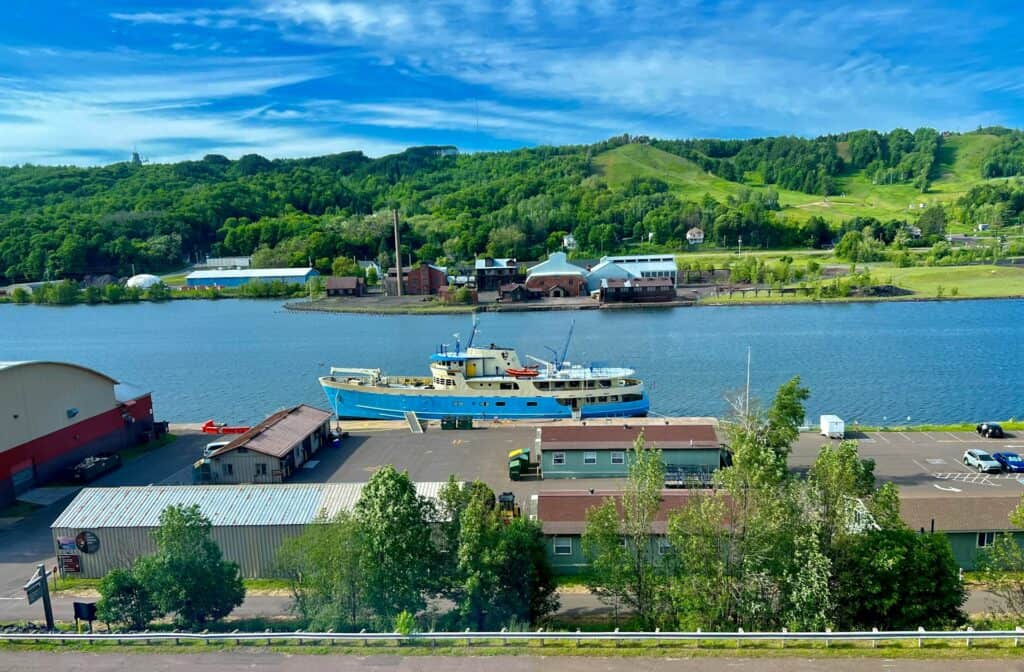
Some places stay quiet by geography, patience, or the luck of a wrong turn. They sit a bit past the headline parks, holding dark skies, slow rivers, and trailheads that still feel local. Autumn and spring give soft light and friendlier temps, though winter has its charms where stars run bright. Here’s the thing: gentle planning and modest miles reveal far more than a checklist. These corners invite unhurried walks, careful cameras, and conversations that end with a map folded the right way.
Great Basin National Park, Nevada
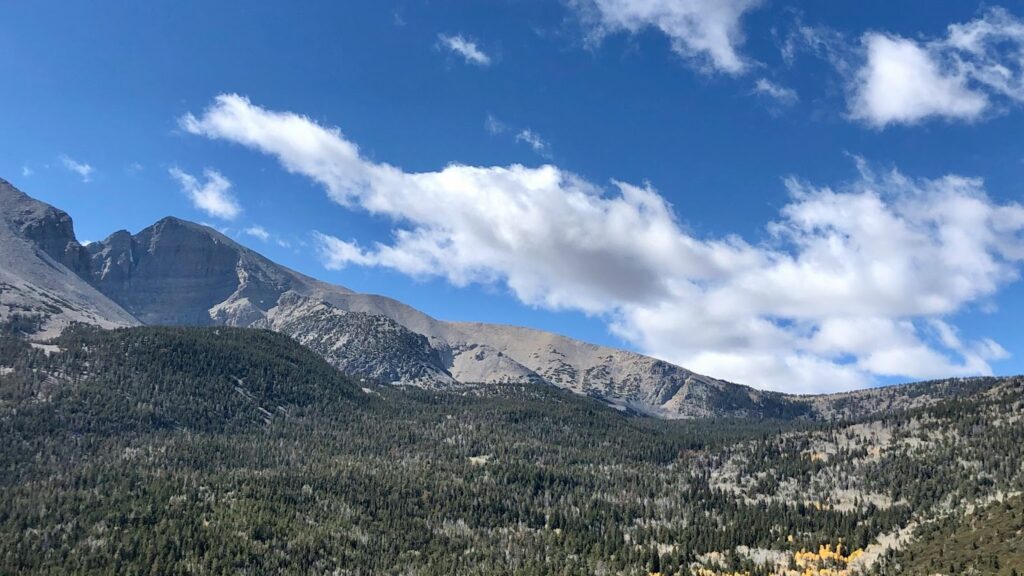
Bristlecone pines curl against thin air while Lehman Caves hides drapery stone and fragile shields below. The peak of Wheeler opens a sweep of desert basins that read like an atlas in relief, and nights deliver sky so dark it feels physical. Crowds stay modest because routes run long and neon is far away. Ranger talks keep facts close to the ground, and gravel spurs hold silence. The park’s pace rewards those who trade noise for altitude, then let breath settle.
Bisti/De-Na-Zin Wilderness, New Mexico
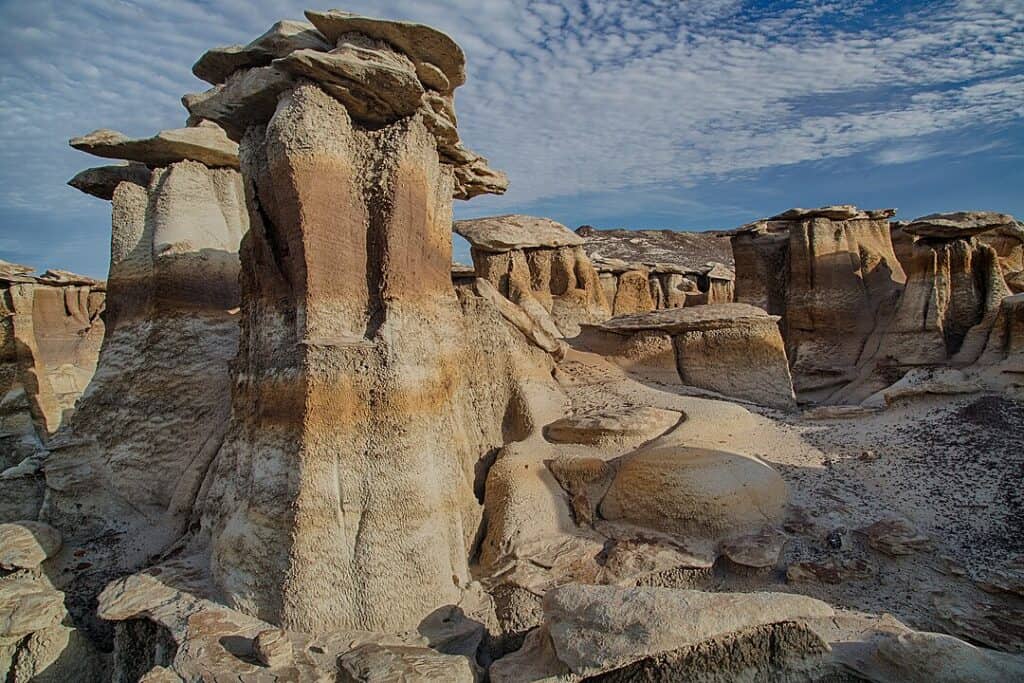
Badlands of pale ash and chocolate mudstone arrange themselves into hoodoos, wings, and eggs that look hand placed by weather. Navigation is by landmark and compass rather than signed loops, which keeps foot traffic thin and manners important. Cryptobiotic soils ask for soft steps, and storms knit color into the clay. Dusk pulls long shadows off every caprock and turns small walks into theaters of light. The place feels delicate and tough at once, a rare balance worth guarding.
Cumberland Island National Seashore, Georgia
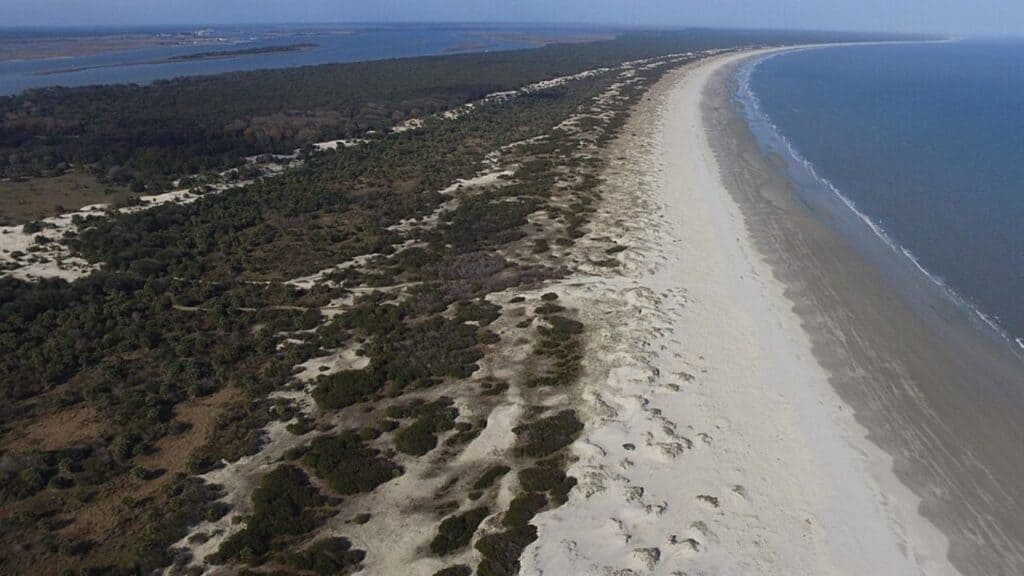
Ferry schedules keep numbers low, so live oaks, wide beaches, and shy horses share the day without a crowd. Tabby ruins hold heat, armadillos nose along paths, and the tide writes over footprints by midafternoon. Camps sit behind dunes where night carries surf across palmetto. Rangers talk history without rushing it, and sandy roads guide bikes past herons to quiet creeks. The island sets its own clock, the old coastal kind that lives on tide, wind, and light.
Chiricahua National Monument, Arizona
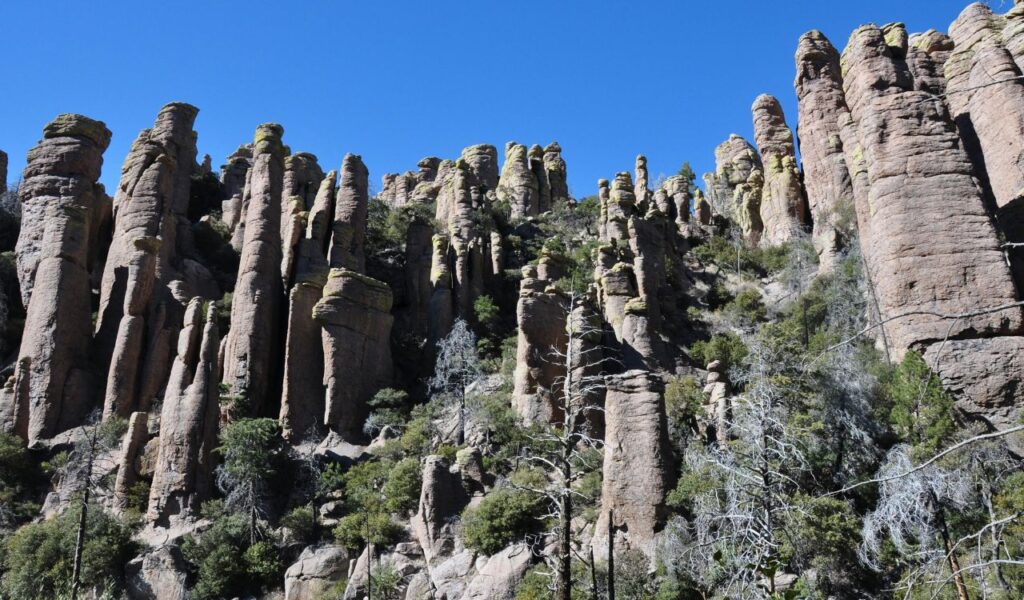
A maze of rhyolite pinnacles holds cool air and woodpecker taps, with trails named for echoes and balanced rocks. The Massai Point drive stages a grand reveal, then footpaths dive into corridors where shade lasts and silence stretches. Summer storms add scent and drama; winter brings frost lace to ledges at dawn. Nearby sky islands widen the story with trogons and coatimundis. The whole range reads like a stone city with alleys, towers, and balconies that favor patience.
Black Canyon Of The Gunnison, Colorado
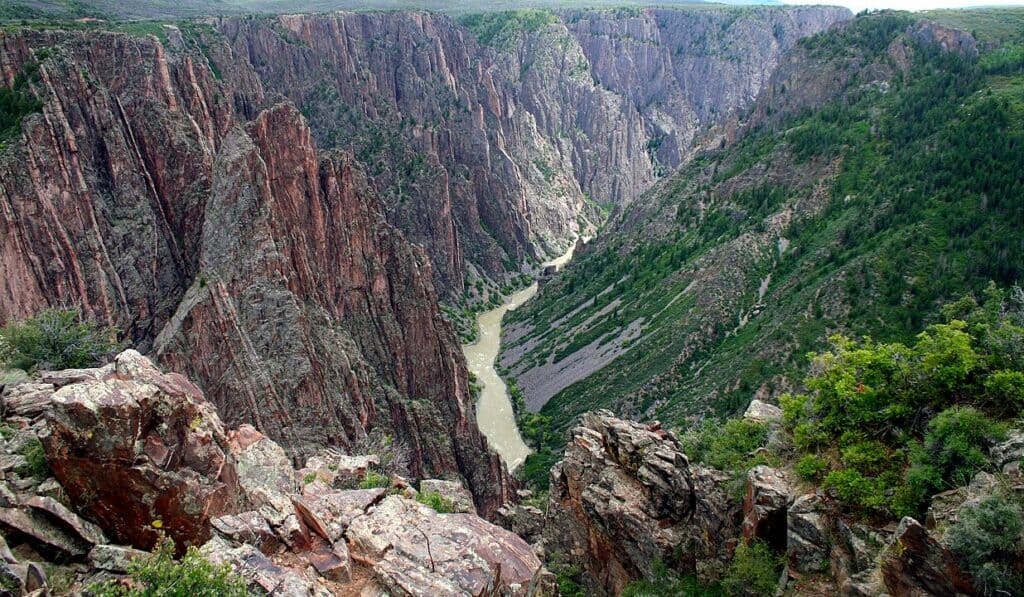
Walls plunge in near-vertical slabs, crosshatched with pale pegmatite that looks like lightning frozen in granite. Viewpoints feel intimate because the canyon is so narrow, and ravens work thermals like punctuation. South Rim drives stitch overlooks into a full story; North Rim roads run rougher and emptier. Anglers tackle the river by permit and strong knees, but most find enough awe from above. Sunset teases out purple and copper, slow color for a fast river.
Tallgrass Prairie National Preserve, Kansas
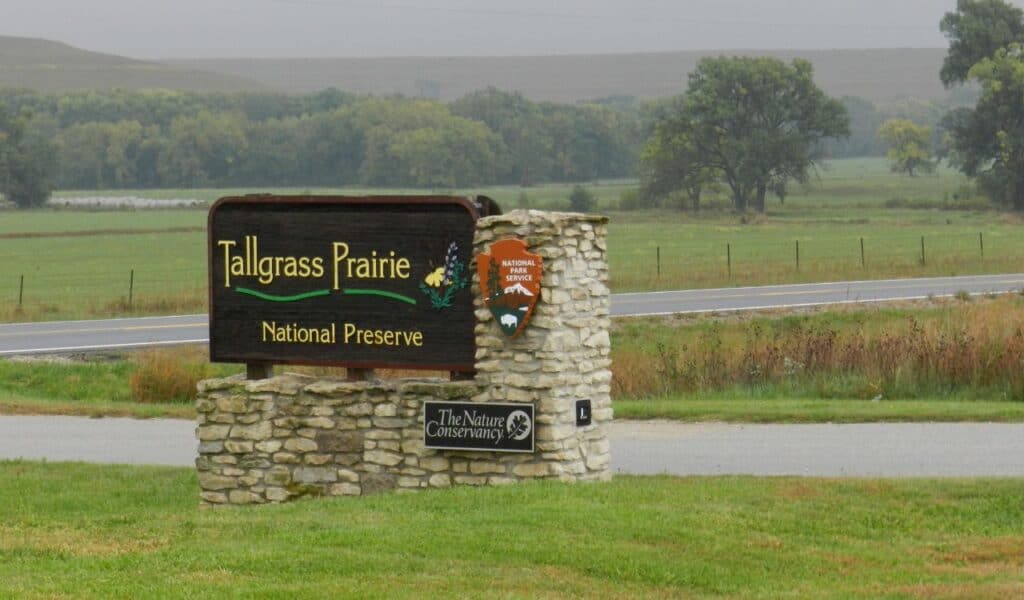
Wind combs miles of big bluestem and switchgrass while a free-ranging bison herd moves like weather across the Flint Hills. Ranch buildings explain limestone, labor, and a grass economy that once covered much of the continent. Spring burns and late-summer blooms give two bright seasons, with meadowlarks providing the soundtrack. Trails rise gently to horizons that seem borrowed from the ocean. The surprise is how rich simplicity feels when sky, grass, and hoof marks share one page.
Lost Coast, California
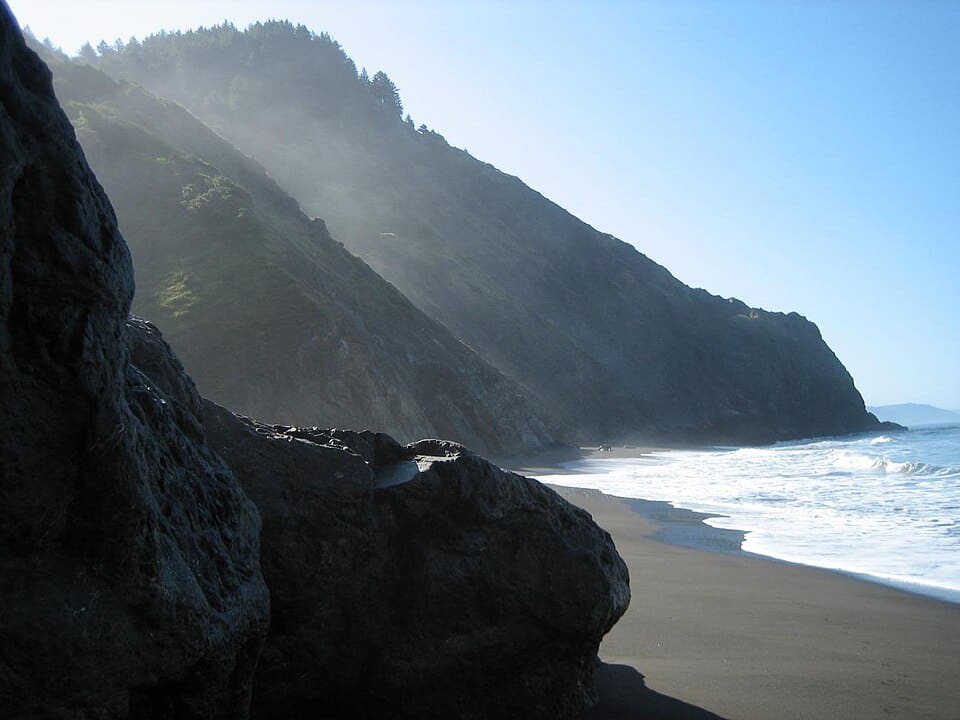
The coast that roads skipped remains a stretch of black sand, wild surf, and tide charts that matter more than clocks. Backpackers weave between surf line and cliffs, sharing space with elk in grassy pockets. Day hikes sample headlands without full commitment, and fog turns cedar into silhouettes at a painter’s pace. Town services sit on the fringes, so quiet feels earned. Every turn is a lesson in scale, with ocean as co-author and the trail as margin note.
Palo Duro Canyon, Texas
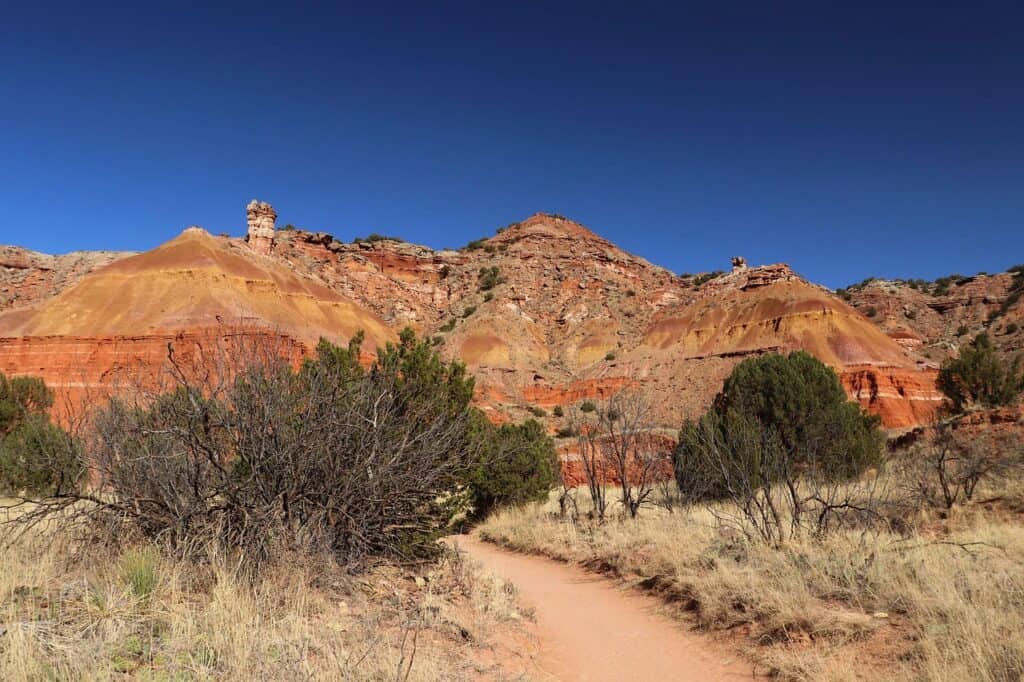
Painted bands stack across the second-largest canyon in the country, where mule deer slip through mesquite and the Lighthouse trail earns its name. Sun and shade trade roles by the hour, and evening turns the walls to ember. The small amphitheater of the floor keeps wind polite while distant thunderheads make drama on the rim. Camps tuck into cottonwoods near shallow water. The canyon carries grandeur without swagger, a gift in a state that loves superlatives.
Great Dismal Swamp National Wildlife Refuge, Virginia–North Carolina
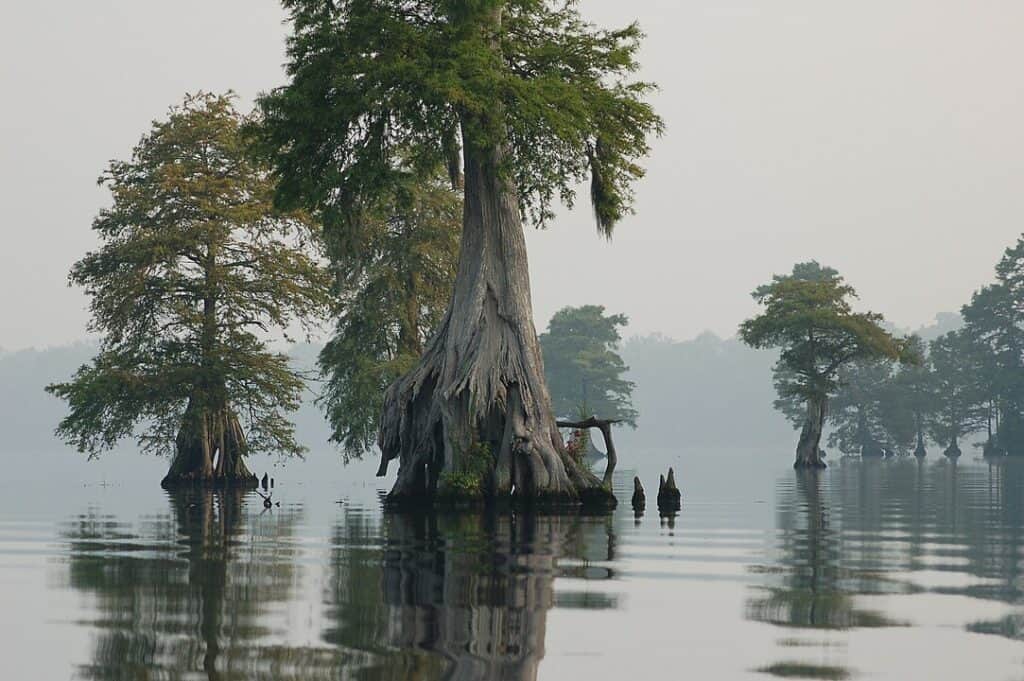
A cypress and cedar mosaic surrounds Lake Drummond with canals that once moved shingles and stories. Today, flat paths support bikes, birders, and quiet runners who prefer rustle to roar. Dragonflies patrol, prothonotary warblers punctuate green with gold, and blackwater reflects clouds like fresh ink. Mosquitoes enforce seasons, but fall and early spring land friendly. The refuge teaches that wild can be horizontal and subtle, a slow-breathing counterpoint to peaks and cliffs.
Isle Royale National Park, Michigan
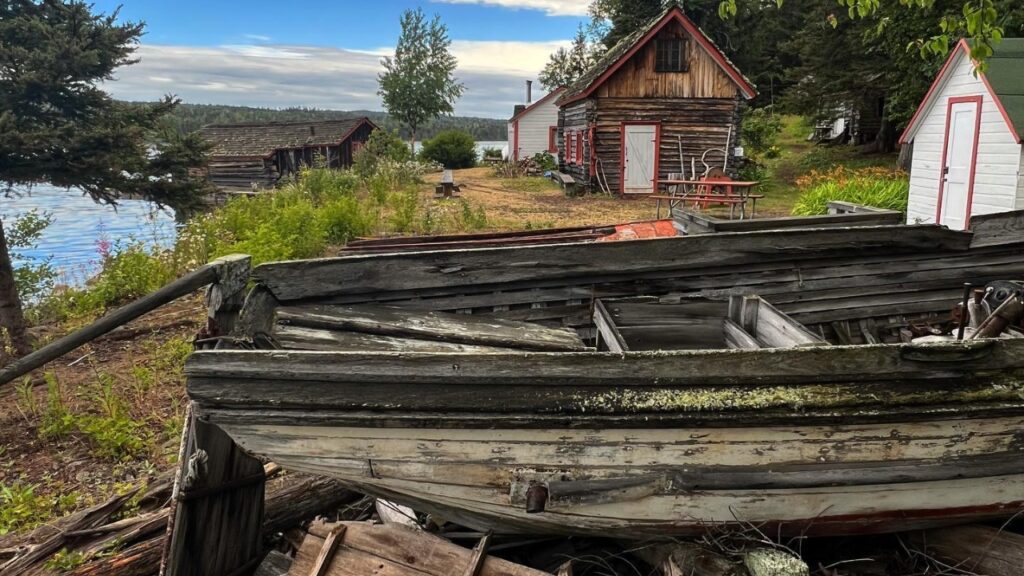
A long, forested island sits where Superior keeps secrets, reached by ferry or floatplane when water allows. Wolves and moose shape each other’s numbers, loons claim coves, and trails stitch rock and boreal green into honest miles. Crowds stay light because logistics ask for commitment, which suits the mood. Even a short stay brings the rhythm of small harbors, shared camps, and stars that ride low and bright. The lake sets the terms; the reward is clarity.